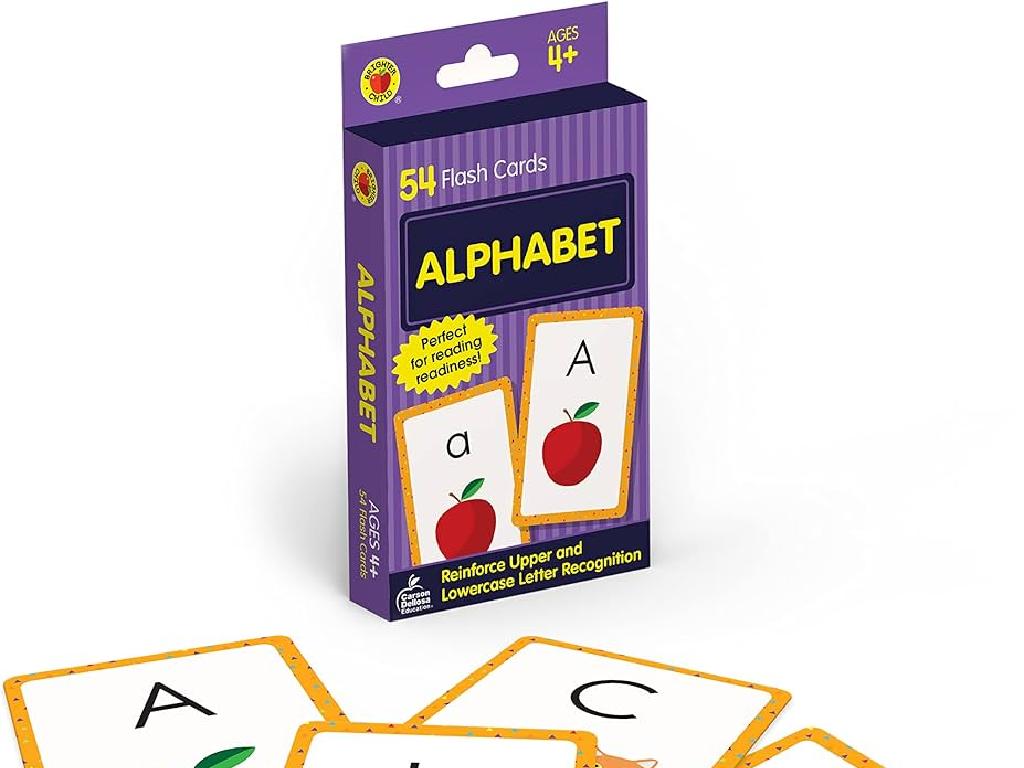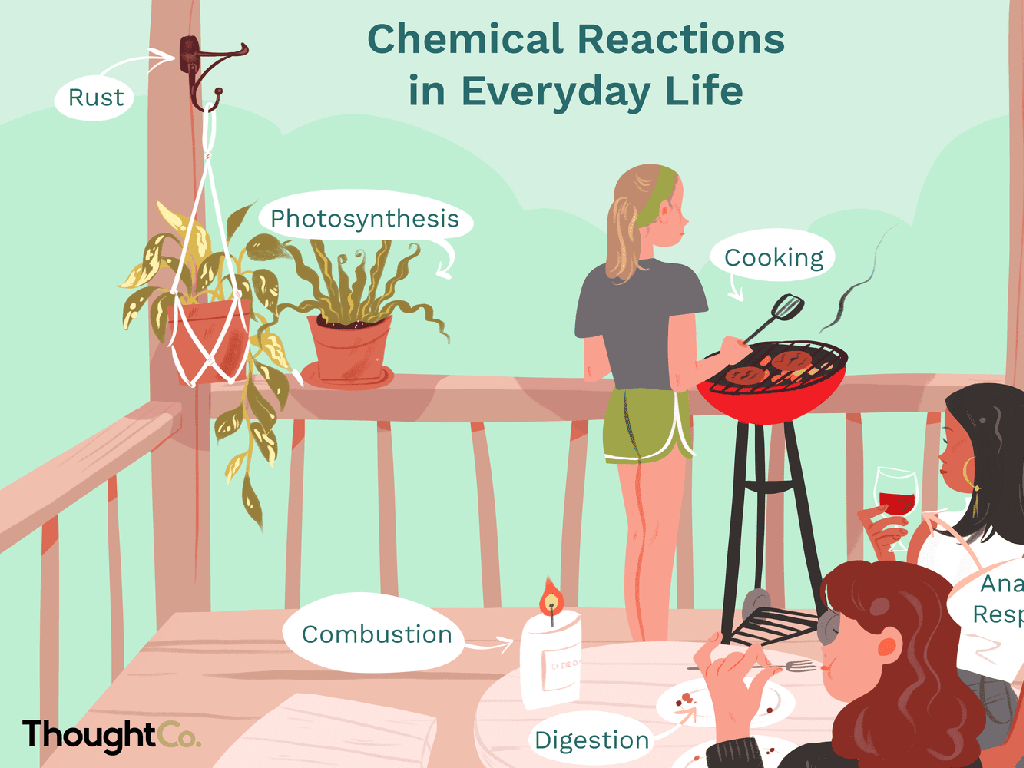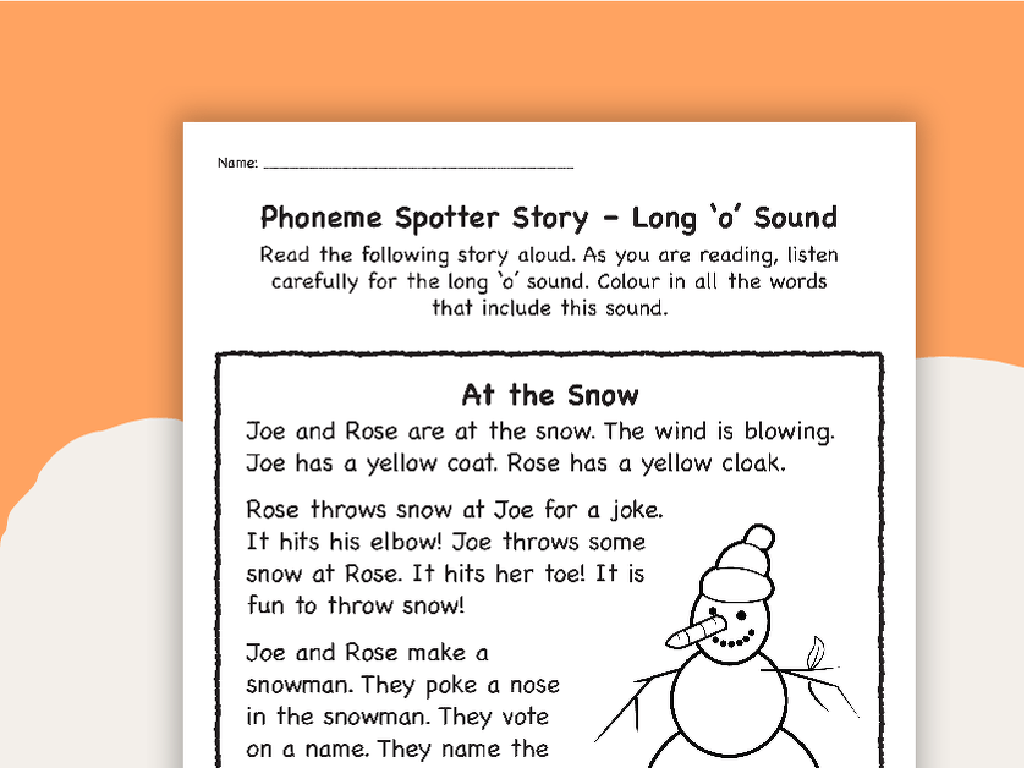Well, Better, Best, Badly, Worse, And Worst
Subject: Language arts
Grade: Eighth grade
Topic: Adjectives And Adverbs
Please LOG IN to download the presentation. Access is available to registered users only.
View More Content
Comparative and Superlative Forms
– Adjectives and adverbs basics
– Describe nouns (adjectives) and verbs (adverbs)
– Comparative forms: ‘better’, ‘worse’
– ‘better’ for improvement, ‘worse’ for decline
– Superlative forms: ‘best’, ‘worst’
– ‘best’ is the highest, ‘worst’ is the lowest
– Usage in sentences
– How to use these forms to compare things
|
This slide introduces the comparative and superlative forms of adjectives and adverbs, which are essential components of English grammar. Begin by explaining the function of adjectives and adverbs. Then, move on to the comparative forms ‘better’ and ‘worse’, which are used to compare two things. Next, discuss the superlative forms ‘best’ and ‘worst’, which are used when comparing more than two things. Provide examples of each in sentences to illustrate their usage. Encourage students to think of their own examples and understand how these words can change the meaning of a sentence. This will help them to write more descriptively and understand the nuances of English language.
Exploring Adjectives and Adverbs
– Adjectives: Describing nouns
– Adjectives give more information about nouns, e.g., ‘quick’, ‘brown’ in ‘The quick brown fox…’
– Adverbs: Modifying actions and descriptions
– Adverbs often end in ‘-ly’, modifying how actions are done, e.g., ‘quickly’ in ‘…jumps quickly over…’
– Identifying adjectives in context
– Recognizing adverbs in sentences
|
This slide introduces the basic concepts of adjectives and adverbs, setting the foundation for understanding how they function within sentences. Adjectives are words that describe or modify nouns, giving us more detail about the object or person. Adverbs, on the other hand, can modify verbs, adjectives, or other adverbs, often telling us how, when, where, or to what extent an action is performed. The class activity will involve identifying adjectives and adverbs in example sentences. Encourage students to explain why a word is an adjective or an adverb, and how it contributes to the meaning of the sentence. This will help them understand the importance of word choice in writing.
Comparative and Superlative Forms
– Comparative form explanation
– Compares two things: ‘better’ than, ‘worse’ than
– Superlative form explanation
– Compares three or more: ‘the best’, ‘the worst’
– ‘-er’ and ‘-est’ usage rule
– Generally, add ‘-er’ for comparative, ‘-est’ for superlative
– Examples for clarification
– ‘Fast, faster, fastest’ and ‘bad, worse, worst’
|
This slide introduces students to the comparative and superlative forms of adjectives and adverbs, which are essential for making comparisons in English. The comparative form is used when comparing two items, while the superlative is for three or more. The rule of thumb is adding ‘-er’ to the base form for the comparative and ‘-est’ for the superlative, though there are irregular forms to be aware of, such as ‘bad, worse, worst’. Provide students with clear examples and encourage them to come up with their own to solidify their understanding. Discuss exceptions to the rule and practice using these forms in sentences.
Irregular Adjective and Adverb Forms
– Irregular forms don’t follow ‘-er/-est’
– Examples: good, better, best
– ‘Good’ becomes ‘better’ (comparative), ‘best’ (superlative)
– Examples: badly, worse, worst
– ‘Badly’ becomes ‘worse’ (comparative), ‘worst’ (superlative)
– Memorization is key for exceptions
– No pattern exists, so remember these forms
|
This slide introduces students to irregular forms of adjectives and adverbs, which do not conform to the typical ‘-er’ and ‘-est’ pattern for forming comparatives and superlatives. Highlight the importance of recognizing and memorizing these exceptions, as they are commonly used in English. Provide examples like ‘good, better, best’ and ‘badly, worse, worst’ to illustrate the concept. Encourage students to create flashcards or use mnemonic devices to help with memorization. In class, practice using these words in sentences to reinforce their understanding.
Mastering Adverbs: Well, Better, Best
– ‘Well’ as an adverb
– Describes an action performed competently
– ‘Better’ as comparative
– Indicates superior performance than another
– ‘Best’ as superlative
– Denotes the highest degree of quality
– Usage in sentences
– ‘She sings well.’ vs ‘She sings better than her brother.’ vs ‘She sings the best in her class.’
|
This slide aims to clarify the use of the adverbs ‘well,’ ‘better,’ and ‘best.’ Start by explaining that ‘well’ is used to describe an action done in a good or satisfactory manner. Then, introduce ‘better’ as the comparative form used when comparing two actions, indicating that one is superior to the other. Next, explain ‘best’ as the superlative form, used to express the highest degree of an action among three or more subjects. Provide examples and encourage students to create their own sentences using these adverbs to solidify their understanding.
Comparative and Superlative Adverbs
– ‘Badly’ as an adverb
– Describes how an action is done, e.g., ‘He performed badly on the test.’
– ‘Worse’ as comparative
– Used to compare two actions, e.g., ‘He performed worse than his friend.’
– ‘Worst’ as superlative
– Used to compare three or more actions, e.g., ‘He performed the worst in his class.’
– Understanding usage in sentences
|
This slide aims to clarify the use of the adverbs ‘badly,’ ‘worse,’ and ‘worst’ in the context of performance. ‘Badly’ is used to describe the manner in which an action is performed, without comparison to others. ‘Worse’ is the comparative form and is used when comparing two actions, indicating a lower standard or quality. ‘Worst’ is the superlative form, used when comparing three or more actions, to indicate the lowest standard or quality. Encourage students to create their own sentences using these adverbs to solidify their understanding of comparative and superlative forms.
Mastering Comparatives and Superlatives
– Crafting sentences with ‘well, better, best’
– Use ‘well’ for good performance, ‘better’ for comparison, ‘best’ for the highest standard.
– Constructing examples with ‘badly, worse, worst’
– ‘Badly’ means poor performance, ‘worse’ compares two poor things, ‘worst’ is the lowest point.
– Understanding usage of comparative and superlative
– Comparatives are for comparing two things, superlatives are for the extreme among three or more.
– Class activity: Create your own examples
|
This slide is designed for a class activity where students will practice using the adverbs ‘well, better, best’ and ‘badly, worse, worst’ in sentences. Start by explaining the difference between positive, comparative, and superlative forms. Then, guide students to create sentences using each word, ensuring they understand why a comparative is used for two items and a superlative for three or more. For the activity, students can work in pairs or small groups to come up with creative sentences and share them with the class. This will help solidify their understanding of these adverbs in a practical context. Possible activities include comparing their own performance in different subjects, or creating hypothetical scenarios where these adverbs would be applicable.
Class Activity: Comparative and Superlative Hunt
– Search for comparatives and superlatives
– Look for ‘better’ than, ‘the best’, ‘worse’ than, ‘the worst’, etc.
– Create a poster with examples
– Use magazines/books to find real-life examples
– Present and explain your findings
– Share your examples; discuss the usage
– Understand usage in real contexts
|
This activity is designed to help students recognize and understand the use of comparative and superlative forms in everyday language. Students will search for examples in magazines or books, which will help them see how these forms are used in various contexts. Creating a poster will allow them to organize and visualize their findings. During the presentation, students will explain their examples, reinforcing their understanding. Teachers should guide students on how to identify these forms and encourage them to explain why a particular form is used in each example. Possible variations of the activity could include finding examples in media, creating a digital presentation, or working in groups to compare findings.
Wrapping Up: Irregular Adjectives & Adverbs
– Recap irregular adjectives/adverbs
– Homework: 10 sentences practice
– Craft sentences with words like ‘better’ or ‘worst’
– Use comparative & superlative forms
– Include words like ‘worse’ and ‘best’ in your sentences
– Study for upcoming adjectives/adverbs quiz
|
As we conclude today’s lesson, ensure students have a solid understanding of irregular adjectives and adverbs, such as ‘well, better, best, badly, worse, and worst.’ For homework, they should write 10 original sentences using these forms to reinforce their learning. Encourage creativity and proper usage in context. Additionally, remind students to prepare for the quiz on adjectives and adverbs by reviewing their notes and completing practice exercises. Offer guidance on study techniques and provide examples of irregular forms to aid their revision.






